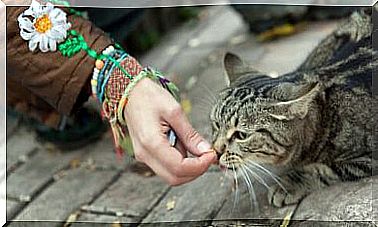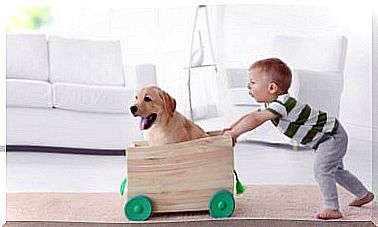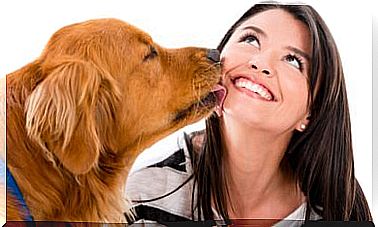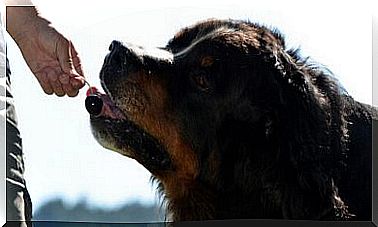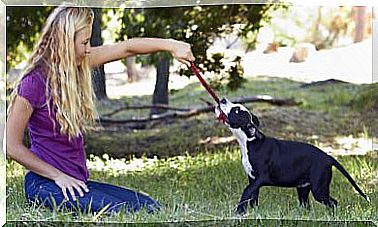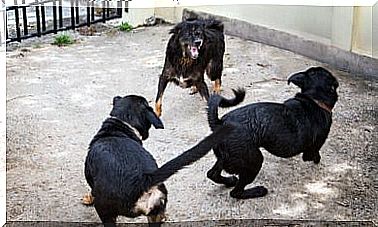Factors In Choosing A New Puppy

When choosing a new puppy, factors such as size, temperament, maintenance costs or the space we can provide in our home are crucial to balance our needs with those of our pets.
Buy or adopt?
For some, prioritizing a particular breed when choosing a new puppy is ethically questionable. The breeder market is highly competitive and inbreeding, unfortunately, is a very common phenomenon that leads to a loss of genetic diversity that can result in several diseases.
In addition, animal shelters do not account for the number of abandoned dogs and cats per year. So: why contribute to the overcrowding of familyless animals and the dubious system of breeding purebred animals?

Therefore, if we are certain that a hunting dog is what we need, or a sheepdog that tends the cattle, it may be more convenient to focus on puppies of breeds such as the border collie or the German white. To have a simple pet, maybe adopting is the best solution.
Campbell’s test, a good assessment of character
A first-time owner or just anyone who does not have veterinary training does not have many resources that allow them to discern which puppies should be taken home and which not. There is, as a rule, no perfect mathematical formula that gives us a completely satisfactory answer.
Everyone will want to play, everyone will want affection. To go beyond that, we have a tool that allows us to more accurately examine the character of each puppy: the Campbell test.
This small assessment can be done exactly in the seventh week of the dog’s life, neither before nor after. This test should be done by a person unfamiliar to the dog in a place he knows.
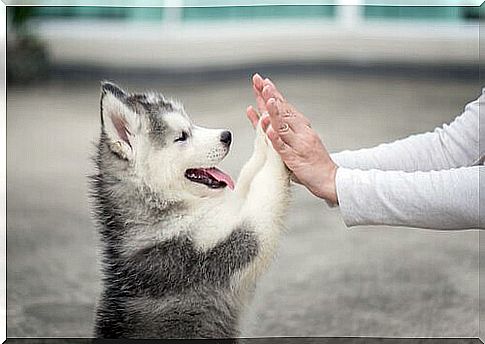
The steps to be followed are as follows:
Social attraction test. We must put the puppy down, crouch and applaud. The level of interest of the animal in relation to humans will be evaluated. Five possibilities can happen:
- A: The dog can run to the examiner, jump and wiggle its tail without hesitation.
- B: He can approach without flinching by wiggling his tail, and touching it with his paws.
- C: Approaching, but with the tail down.
- D: Approaching, but with reservations.
- E: Don’t get closer.
Test to follow the owner. The examiner stands beside the dog and begins to walk. The degree of independence and its ability to follow its owner is evaluated . Again, there are five possibilities:
- A: You can follow the examiner by moving his tail and nibbling his feet.
- B: Follow him moving his tail, but be nibbling.
- C: Follow it with my tail down.
- D: Follow it with reservations and with a low tail.
- E: Don’t follow him and walk away.
Obligation acceptance test, or containment test. The submission of the animal is evaluated. In this test, we will place the dog on its back and keep it that way for 30 seconds. Four possibilities can occur:
- A: It may run away and bite the examiner.
- B: Run away without biting.
- C: Trying to run away, but then be quiet and start licking the person’s hands.
- D: Be quiet without struggling and lick the person’s hands.
Test of acceptance of human domination. The dog is stroked from the head to the tail, forcing him to stay still. There can be five possibilities, which are:
- A: Jumping, barking, biting or grunting.
- B: Just jumping and barking.
- C: Twisting and licking the examiner’s hands.
- D: Put your stomach up and lick the examiner’s hands.
- E: Moving away and not coming back.
Test of dignity or loss of control of position. The dog is raised in the air for 30 seconds, leaving it at the mercy of the examiner. Four possibilities:
- A: Rebellious, biting and grunting.
- B: Rebellious, but don’t grunt.
- C: Rebellious, but quickly calms down and licks the examiner’s hand.
- D: Don’t rebel and lick your hands.

According to the answers, we will have:
- A dominant or aggressive dog. Three or more answers A. Recommended as a guardian dog, not a family dog.
- An extroverted dominant dog. Three or more B responses or a mix of “A” and “B”. It requires firm training, but not too strict. Not recommended as a family dog with young children.
- A balanced dog. Three or more C answers. It’s the ideal puppy for any situation.
- A submissive dog. Two or more D responses, some E. Affectionate but potentially anxious and insecure puppy.
- An independent and poorly socialized dog. Three or more E answers or a combination of E and D. It is difficult for you to follow any order. Need experienced and dominant owners.

